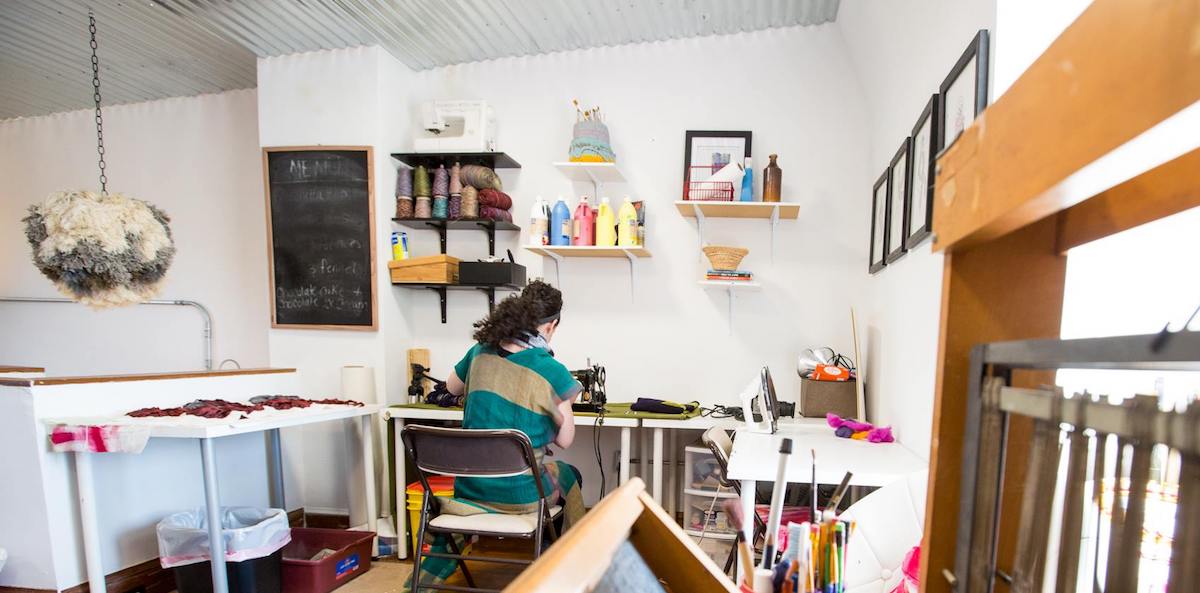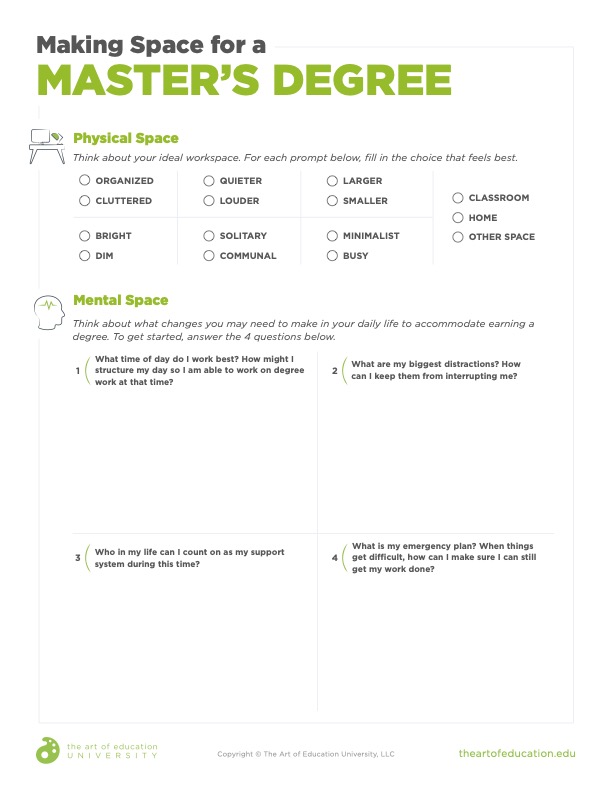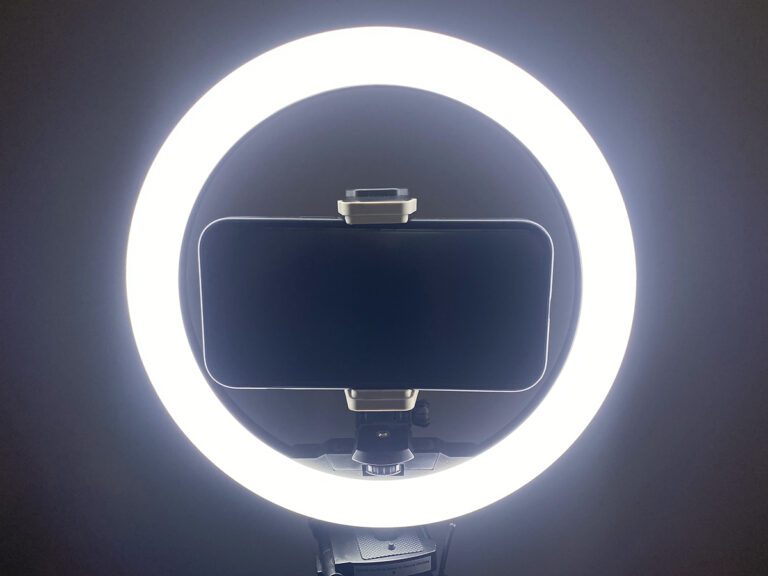You’ve asked questions, filled out the application, and been accepted. You are going to work toward a graduate degree! With classes selected and syllabi reviewed, you are ready to push your learning and teaching to the next level.
While it’s easy to get swept up in the excitement and emotion of starting such a big life step, it’s essential that you make a solid plan before jumping in.
Two vital things to consider are where you’re going to complete this work and how you’re going to make room in that already full brain of yours.
Let’s take a look at how to physically and mentally make room to complete your degree program.
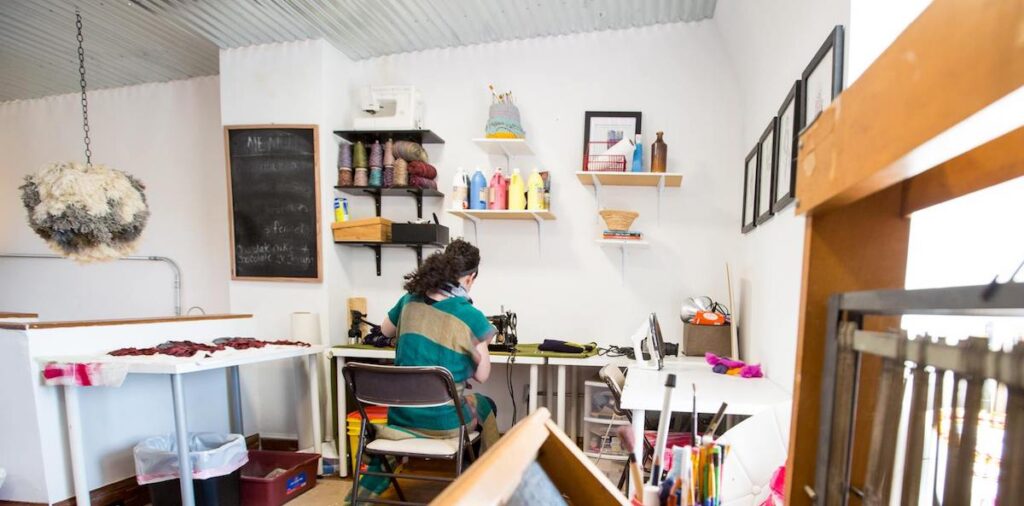
There is no one space where you have to do your work, but it’s important to reflect on what your ideal work environment looks like.
Take some time to answer the questions below, as you think about your ideal work environment.
Is it:
- Messy or organized?
- Silent or slightly noisy?
- A large open space or small and compact?
- A desk or a couch?
- A place of solitude or surrounded by other people?
- Filled with inspiration or minimal in color and decor?
- At your house, in your classroom, or at another location?
- Filled with bright light or ambiently lit?
You can use the download below to answer these and other important questions.
Turn Your Dream Space into a Reality
After reviewing the list, think about a real location that’s similar to what you’ve described. Make a plan to mirror it in your workspace. If you can’t think of a place fitting your description, what adjustments can you make?
For example, I work best in small spaces where I can see all of my tools and materials. I like to be alone and usually prefer to be at home. While I don’t mind a mess, I do like my table to be fairly clear when I need to sit down and get to work. I like to sit in a comfortable chair with space to get up and do some basic exercises, like squats and lunges, when I need a break.
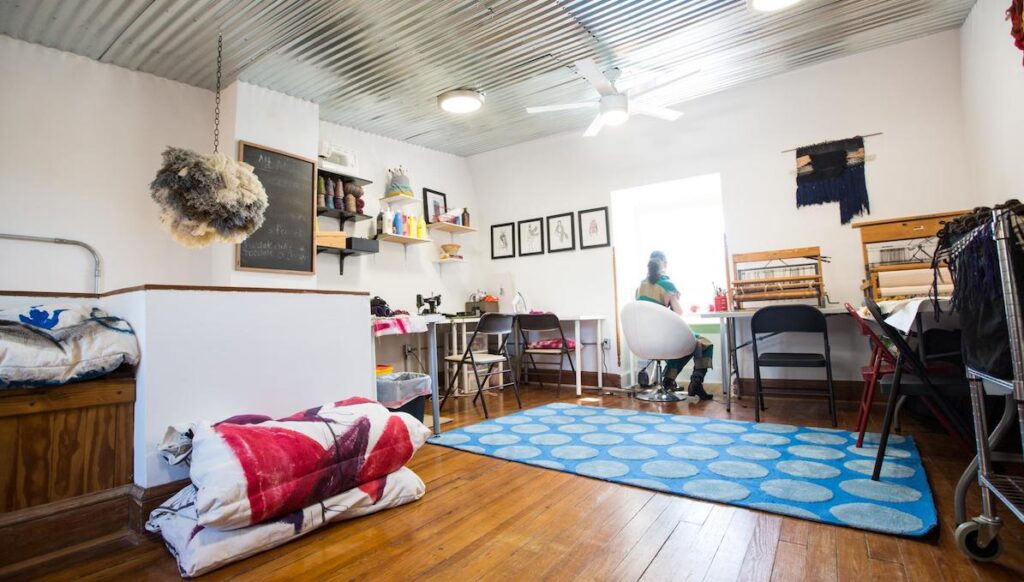
The room I work in is large, so I’ve broken it into vignettes. This provides a smaller space to work and ensures tools like paper, sticky notes, pens, and highlighters are always within reach. This arrangement leaves a small space open for exercise. I also like the option to stand—bed risers have been a great, budget-friendly option to make my table function as a standing desk.
This may all seem simple and trivial, but you want to look forward to spending time in your workspace; it’s worth the effort to really put thought in.
Did you know that The Art of Education University has a graduate degree just for art teachers? It’s true! Learn all about our practical, affordable, rigorous program right here.
Pay Attention to Your Workflow
Next, pay attention to the ebb and flow of your energy. If you have the most motivation in the morning, build time to work on your graduate work then, even if it means getting up a bit earlier.
If you know you’re great at getting a lot of work completed on Saturdays, block off time on your calendar so you don’t overbook on the weekends. Next, reflect on times when you aren’t the most productive or have trouble completing a hard task. Use this time to answer emails, watch videos, or do other simple tasks that keep you moving forward.
Remove Distractions
Your workspace needs to be exactly that: a place to complete your work. Consider leaving your phone in another room on silent. You might also put a note on your door or simply lock it, so people aren’t coming in and interrupting you.
To help you start, make a list of potential distractions.
- Social media
- Cleaning
- Grading
- Lesson planning
- Kids
- Dishes
- Text messages
- Phone calls
Close all tabs unrelated to your work and turn off notifications. Schedule time to do things like cleaning and washing the dishes after you’ve put time into your graduate work for a while and need a mindless task.
Deal with Resistance
Be aware of what resistance looks like for you. In The War of Art, Steven Pressfield says “Resistance cannot be seen, touched, heard, or smelled. But it can be felt. We experience it as an energy field radiating from a work-in-potential. It’s a repelling force. It’s negative. Its aim is to shove us away, distract us, prevent us from doing our work.”
In other words, resistance is anything pulling you away from doing the work you should be doing.
It might be feeling the urge to answer emails or deciding now is the perfect time to file papers. Resistance might appear as a strong desire to do endless amounts of research on acrylic painting instead of finishing the painting sitting in front of you.
Resistance can also be sneaky and disguise itself as something positive.
For example, I tend to clean or do massive amounts of research when I have a hard project staring me in the face. I call it constructive procrastination: I decided it’s okay that I’m not writing the paper or new video script because I’m cleaning my house. Or I’m not finishing the in-service presentation because I’m doing eight hours of research on how to give the perfect TED talk.
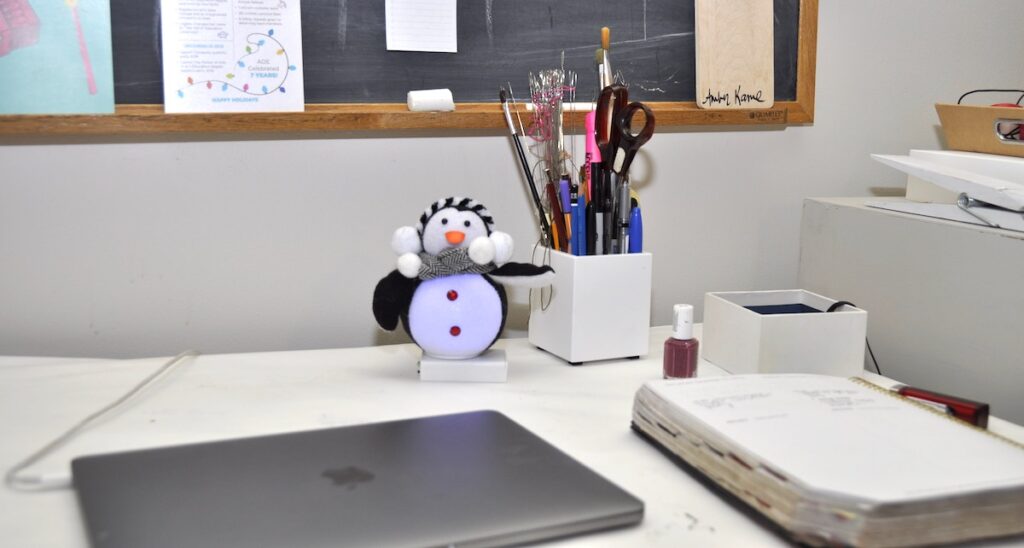
Think About What “Smart” Looks and Feels Like
What makes you feel smart? This may sound a bit odd, but our clothes affect how we feel. Do you feel more intelligent when you wear glasses? Buy some non-prescription frames. Do you type faster when your nails are painted? Give them a gloss. Do you feel more productive when you love your outfit? Take a few extra minutes to suit your style.
Make a Routine
Create a ritual you perform every time you sit down to work. This signals to your brain that it’s time to focus. You might steep a cup of hot tea, light a candle, and sink into a comfortable chair to read a few pages from your favorite book before gearing up. After a set time of centering, your mind is ready.
Find a Support System
There are going to be times when you feel overwhelmed or unsure. Have a person you can call or text to help calm you down, someone who prompts you to keep going. Set some boundaries for when you ask for help. Agree that the conversation can’t be longer than fifteen minutes. Otherwise, your helper becomes a distractor.
Make a Plan and Take Your Time
Give yourself time. You’re excited (and you should be!), making it tempting to dive in and sign up for three classes. First, reflect on what you and your schedule can handle. Consider starting with one course. See how it fits into your schedule. If it works well and you still have time, add a second or third class. Remember, you aren’t running a race. AOEU courses are designed to be flexible so they can fit your busy lifestyle. Content is delivered through video, downloads, and instructional tools you can access 24/7.
Take Time to Transition
Allow yourself time to switch from teacher to student. Transition time is important. With your busy schedule, you might be tempted to keep bouncing between tasks. Not only does all of the switching slow you down, it isn’t a valuable use of brain power.
Take a short walk, get up and move, or do a little dance. Write a few sentences in your sketchbook. Just as you have your students warm up for their work, you need to warm up for the work you’re doing.
Anticipate the Unexpected
Plan for how you will respond when it gets hard, when you get sick, or when it’s time for an art show. Write down your plan.
For example, if you do catch a cold, promise to take a sick day and write sub plans, allowing yourself to rest. Ask someone for help with things around the house, like food and cleaning, so you can focus what energy you have on assignments. Commit to not waiting until the last minute to start your assignments so it isn’t overwhelming to take a few days off.
During the weeks leading up to and following an art show, get comfortable saying “no” to additional commitments. Write a clear plan of action for prepping and setting up the show, noting what you can have others do. Ask for parent and teacher volunteers and start getting items checked off the list as soon as possible.
If you have a family, talk to them, making sure they understand your schedule is going to be a bit more demanding. Explain what it means to be earning your degree online. Make sure they understand even though you aren’t “going” to class two nights a week, you still have coursework to complete.
For example, my husband knows I’m booked from 6:00 a.m.–8:00 p.m. every Monday, no exceptions. Agree to let family members know if you’re feeling overwhelmed, and consider ordering dinner or postponing that laundry.
Earning your graduate degree is hard work, but it’s also rewarding and exciting, and opens doors to new opportunities. Taking the time to determine where you’ll be working and how you’re going to shift your mindset will set you up for the best possible experience.
What does your ideal work environment look like?
What excites you the most about earning your degree?
Magazine articles and podcasts are opinions of professional education contributors and do not necessarily represent the position of the Art of Education University (AOEU) or its academic offerings. Contributors use terms in the way they are most often talked about in the scope of their educational experiences.
